An Interview with Stan Mack
I went everywhere I could gain access; I learned to fade in, to pretend, to listen without judging, to quietly write down and sketch in my little notebook. Or on anything handy like a napkin.
Today at Autobiographix, we are honored to present an interview with comic artist-cum-documentarian, Stan Mack. From 1974-1995, Mack captured the streets and scenes of New York City in his Village Voice strip, Stan Mack’s Real Life Funnies. His pioneering nonfiction comics combine wry observations and an inky attention detail to create a vivid and honest tableau of one of the most famous places in the world. His collected strips appear in a new book from Fantagraphics, featuring a forward by Jake Tapper and an afterword by the writer Jeanette Walls, whose father often appeared in the strip.
Mack is the author of numerous other books, including his graphic memoir Janet & Me, about his relationship and partner’s cancer. He was also the art director at a number of New York publications, including the New York Times Book Review.
Read about his life in comics and check out his wide ranging work below:
Describe your comics journey--how did you get into making comics?
As a kid in Providence, Rhode Island, I loved comic books and newspaper funnies. And I loved to draw. But I never saw myself as a maker of comics. I went to RISD and, in the 1960s, to New York City, thinking vaguely about being an illustrator, at a time when the counterculture was inventing new ways of seeing. And my edgy pen line, which I imagine would have been considered ugly in the ’50s, fit the times (one impressed art director looked at my samples and asked if I were European). it wasn’t long before I got work as a humorous illustrator in advertising, newspapers, and magazines.
How did you develop your voice/unique comics style?
At the same time, I fell into a job as an art director at the New York Herald Tribune, the newspaper that was at the epicenter of the so-called New Journalism. Writers like Jimmy Breslin, Pete Hamill, Gloria Steinem, and Tom Wolfe were using the tools of fiction to report the news from a personal perspective. When the ‘Trib’ folded, I went to the New York Times, eventually becoming the art director of their Sunday Magazine. I was continuing to get illustration assignments, including for children’s books, and was beginning to experiment with the comic strip form for a variety of publications. For example: Mule’s Diner for the National Lampoon, Stan Mack’s Notebook for Grump (a humor magazine), and a children’s book: Potato Talk. (You can take the kid away from comics, but you can’t take comics out of the kid?)
In time, I chose the freelance illustration life over a staff job, now with a style that combined journalism, illustration, and the comic strip format. And that led in 1974 to me starting Stan Mack’s Real Life Funnies, a weekly docu-comic strip covering New York City for the famous alternative weekly the Village Voice.
Can you tell us a little bit about how you choose the vignettes and real-life events to feature in your comics?
As I began my Stan Mack’s Real Life Funnies comic in 1974, The ‘Me Decade’—a phrase coined by Tom Wolfe—had begun. People were turning away from the political idealism of the ’60s toward a search for personal fulfillment, spiritual enlightenment, and self-gratification: all grist for humor. It was the time of the women’s movement, sexual experimentation, mind-altering psychedelics, and a vibrant singles scene. The city was brimming over with opportunities for me and my pen. I went everywhere I could gain access; I learned to fade in, to pretend, to listen without judging, to quietly write down and sketch in my little notebook. Or on anything handy like a napkin. Here are a few panels from different strips:
Could you share how you work to capture the essence of New York in your cartoons without personifying the city directly, but instead allowing it to be characterized by the characters in the strips?
I watched as the city changed from the passion for personal enlightenment in the ‘70s to the yuppie invasion of the ‘80s and their love of money and affection for cocaine. The appearance of music videos, the increase in homelessness--and the AIDS crisis. The more different places I went to, the more the city revealed itself in my comic panels: riding with cops, hanging out with squatters, sitting in on a contentious public city council meeting as the politicians voted themselves a raise, attending the first transgender dinner dance.
Your comics do much more than simply provide a snapshot; they are funny, pithy, and more. Could you talk about how you focused and framed these moments?
I think I have three talents. One I know well: I love to draw, especially from life. Two, possibly through my years in newspapers, I have a feel for a certain kind of news story—call it the ‘small moments ’ approach. But the third: the instinct to know which words to write down, which to ignore…I have no idea where that comes from. Put all three together with a dictator called the deadline, and you have a comic strip called Real Life Funnies.
Anything else you want readers to know about?
See my website: stanmack.com. The home page has a cover of the book and a place to add your email for updates. There’s a bio on the ‘about’ page and a photo and press release on the ‘press page. A ‘news’ page lists signings and events. There’s a ‘video’ page with two videos. On Instagram: realstanmack and on Facebook: stanmack
And again, get Stan’s latest collection over at Fantagraphics!




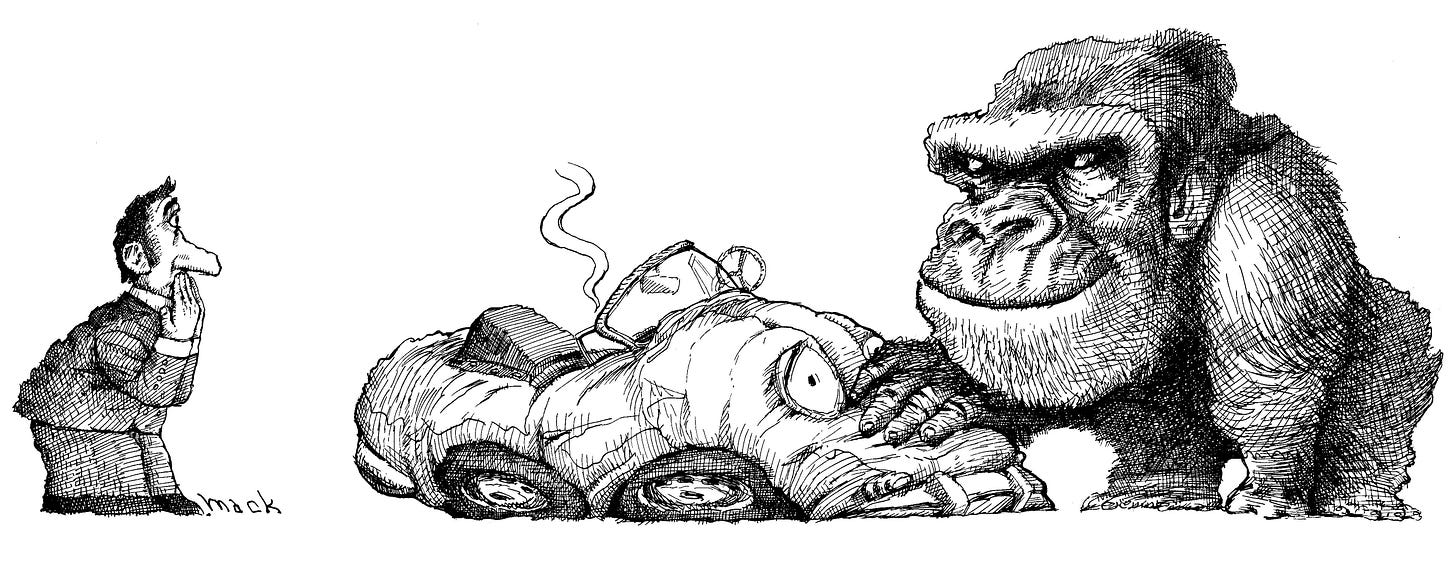



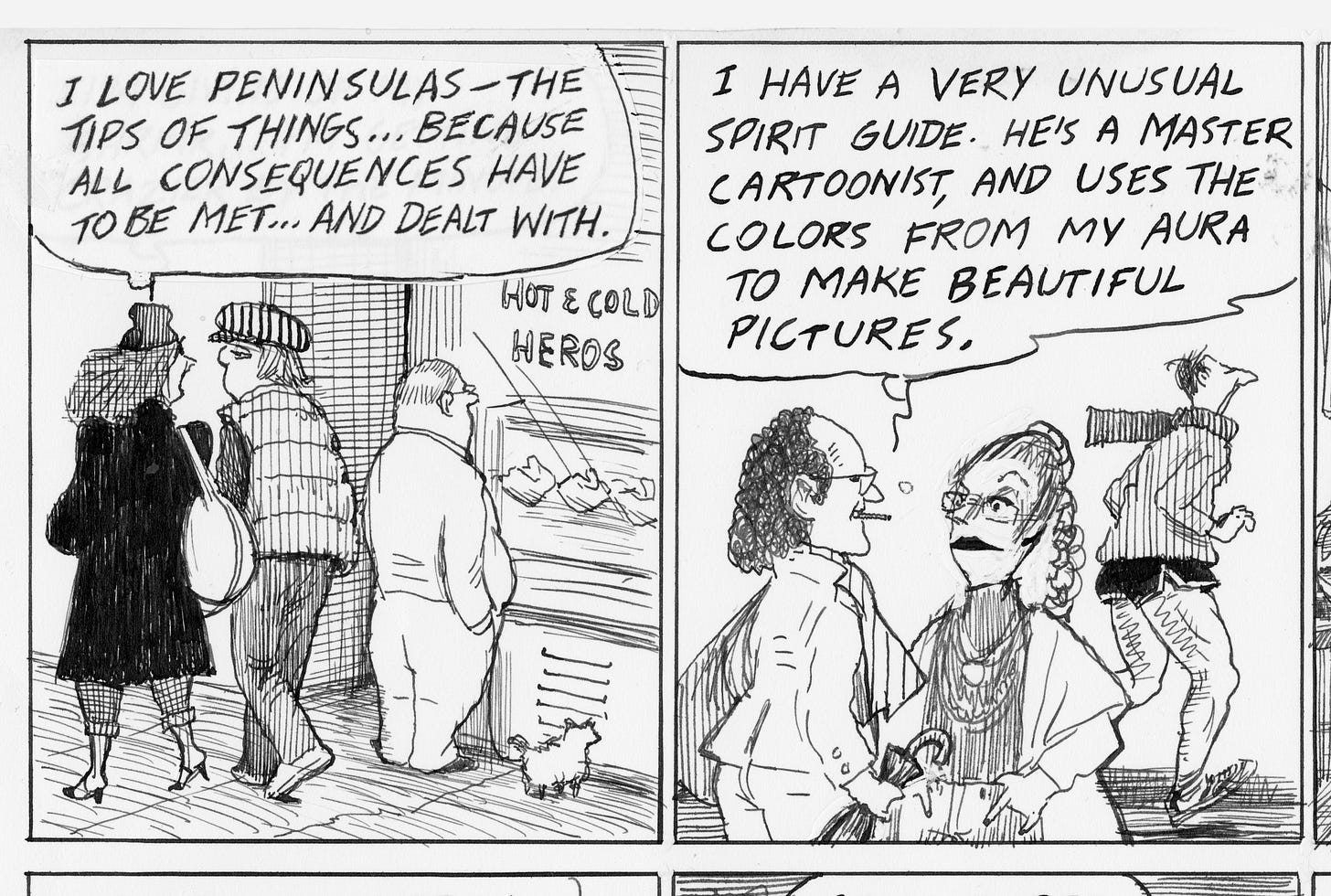
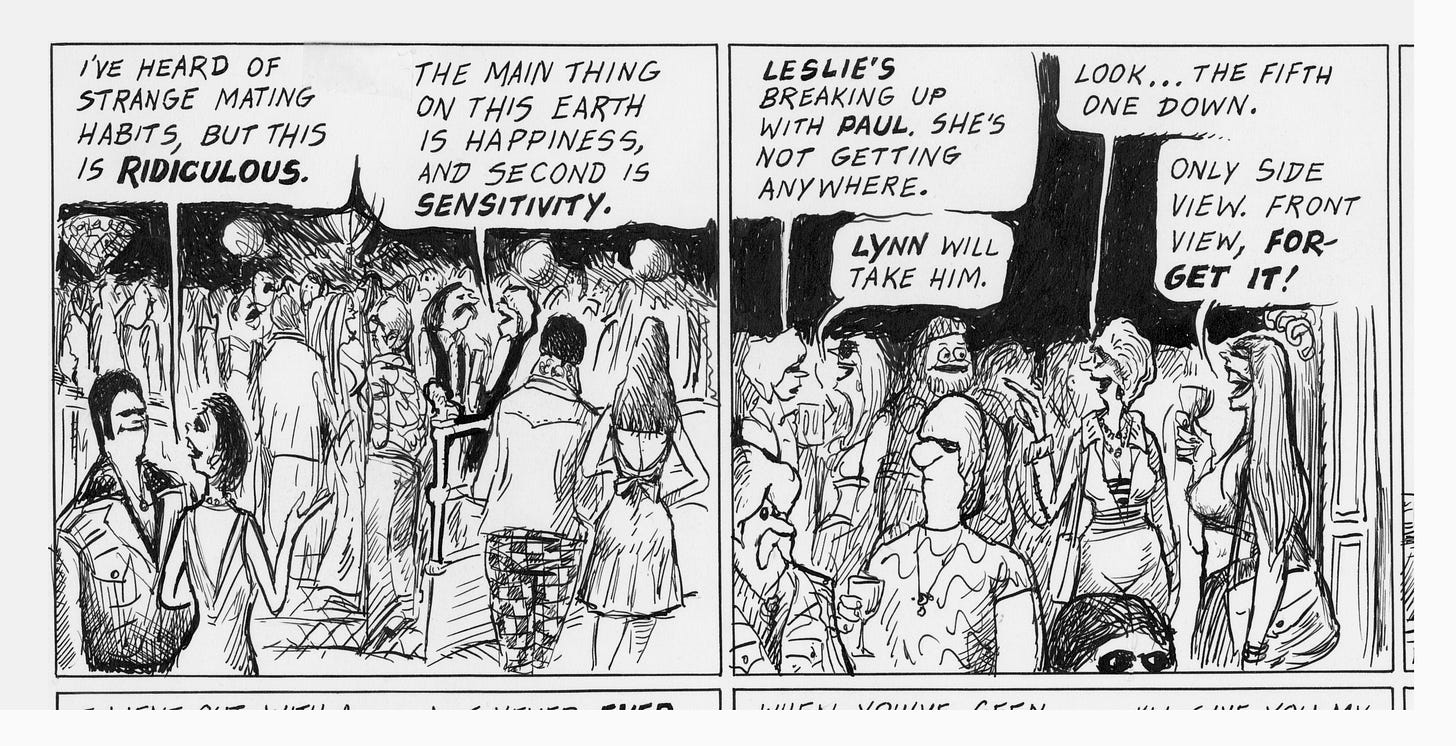
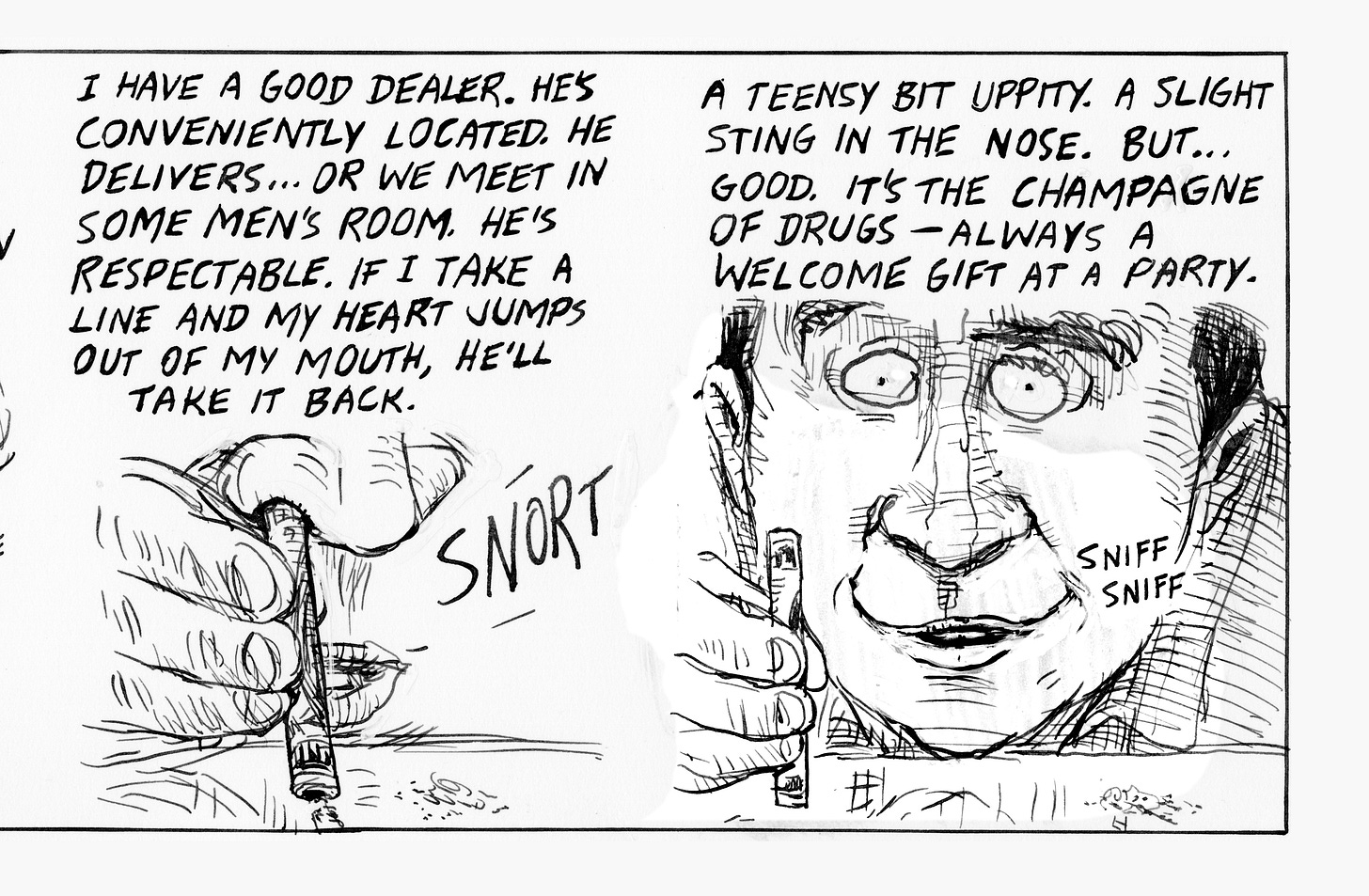
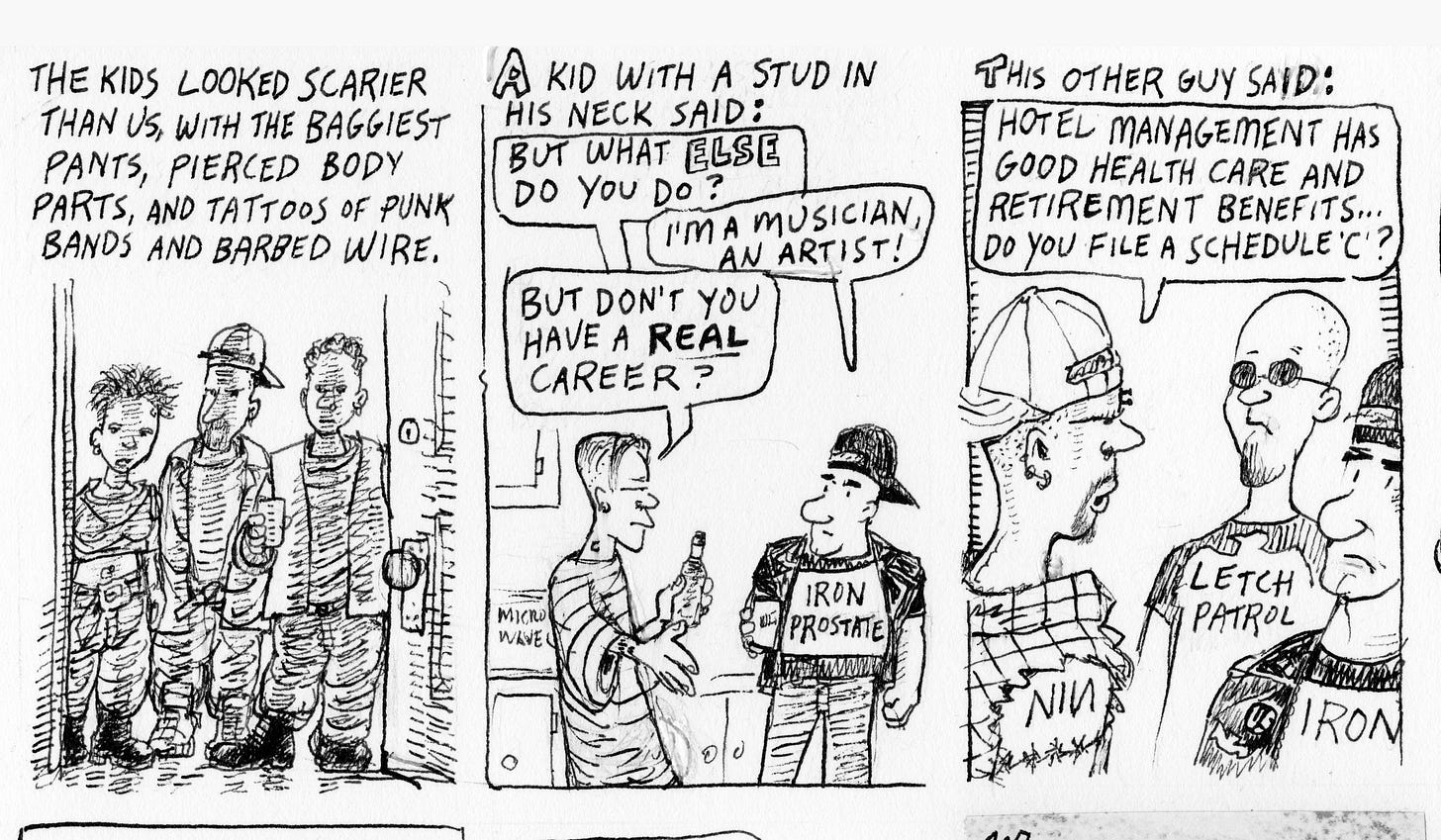
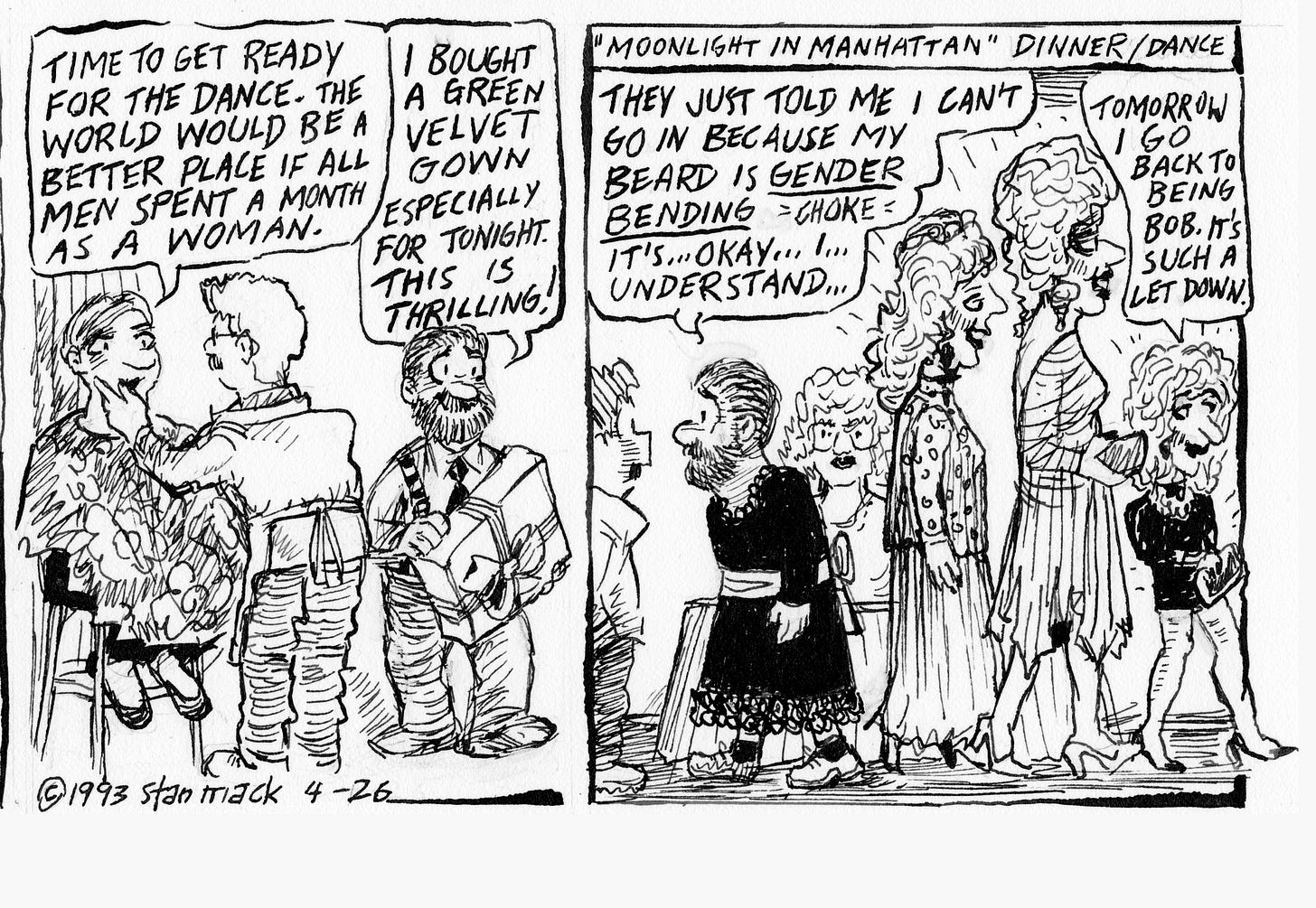
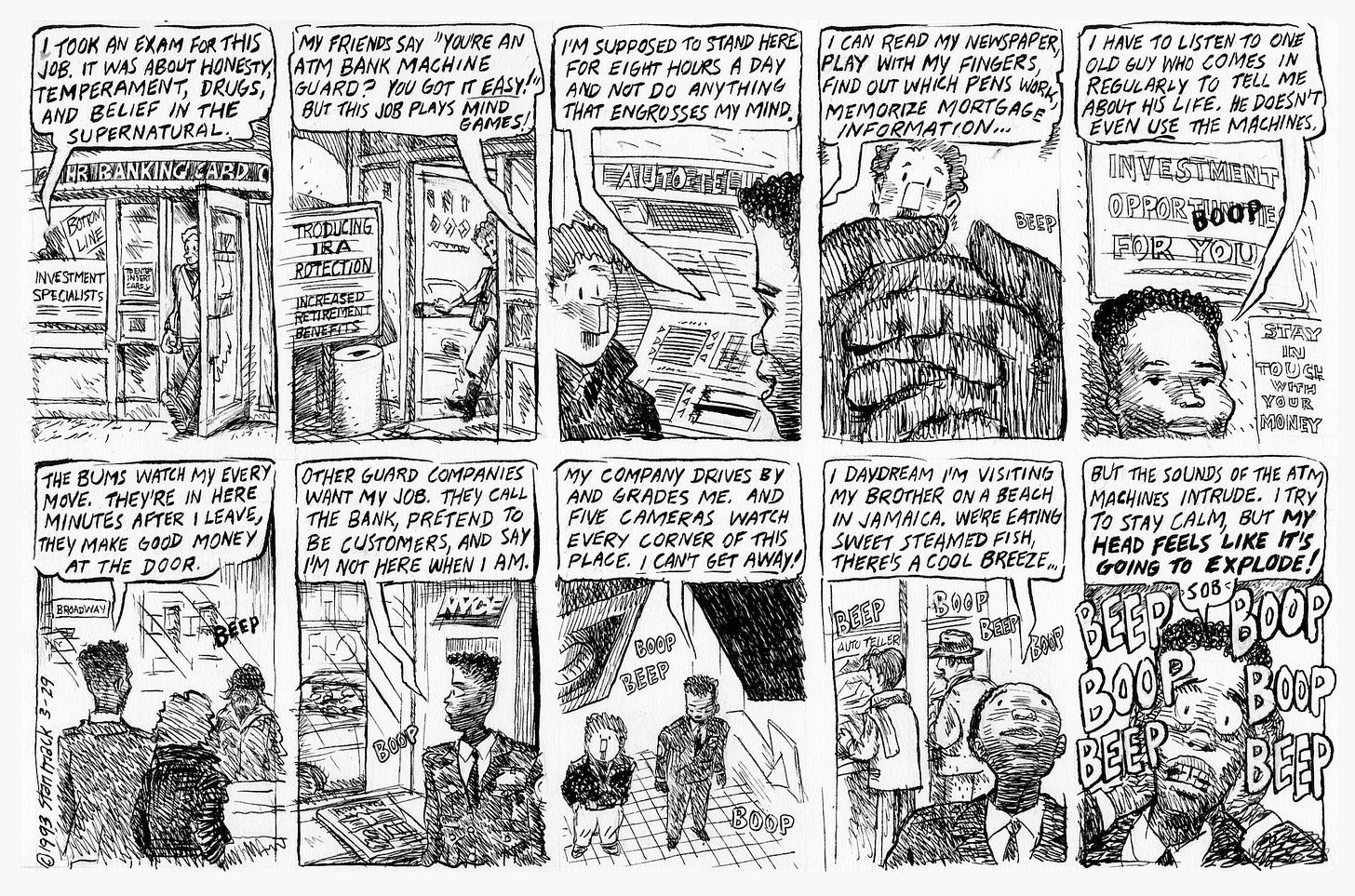
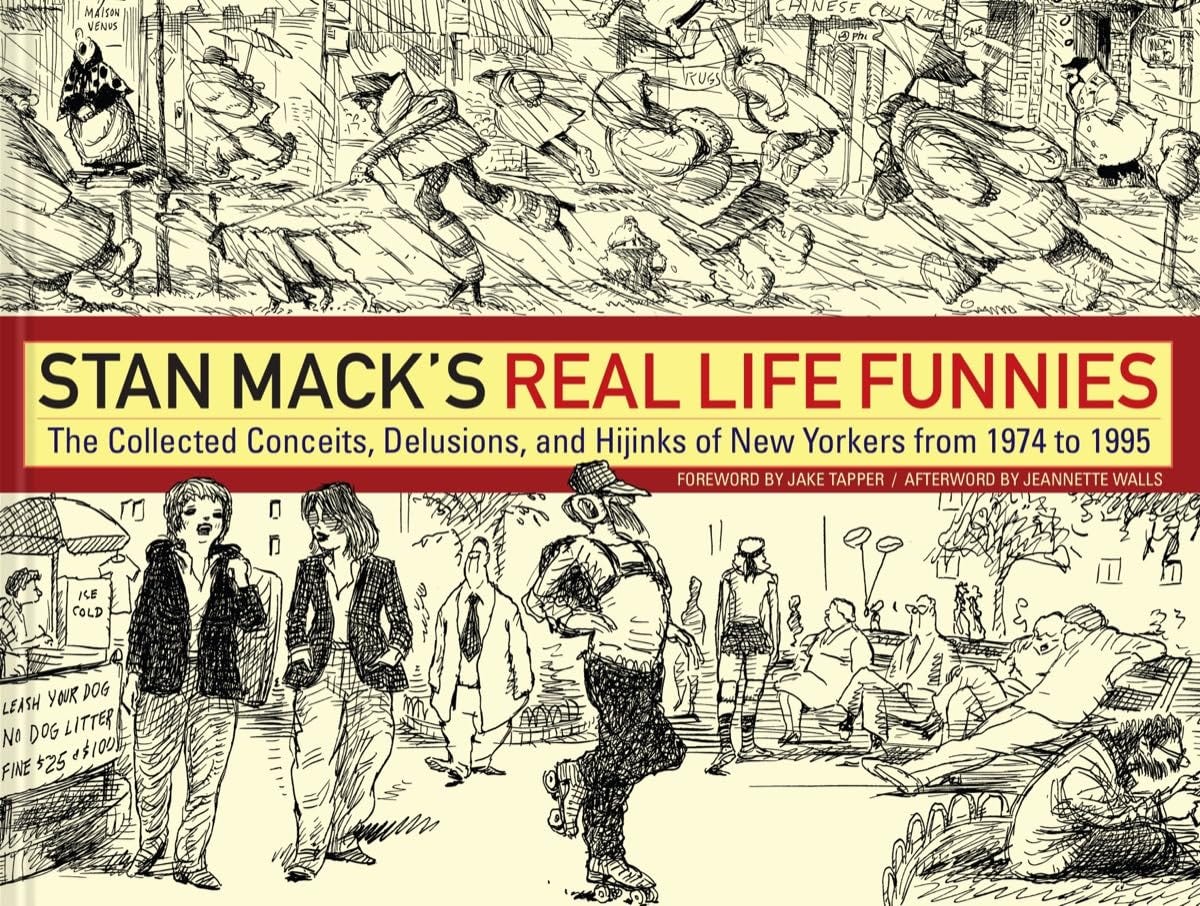
I was featured in Stan Mack's Real Life Funnies in The Village Voice back in the late 1980s. Quite a thrill. He quoted my grandmother saying, about my parents becoming hippies and doing drugs, "That was when the trouble started." Wish I still had the clipping!